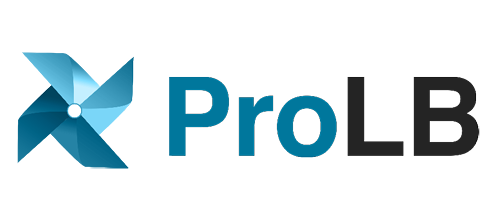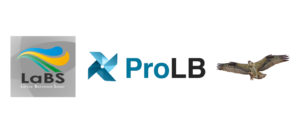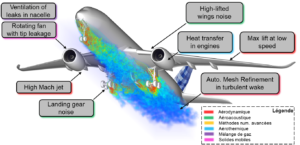
The LaBS software is the R&D software developed within the framework of a research consortium bringing together CS GROUP, Renault, Airbus, the Ecole Centrale de Lyon and Aix Marseille University. CS GROUP industrializes and markets this software under the name of ProLB.

Website: http://www.prolb-cfd.com/
LinkedIn link: https://www.linkedin.com/showcase/prolb/
The Balbuzard project, coordinated by Airbus and supported by the DGAC, is being carried out with the historical partners of LaBS/ProLB: CS GROUP, AIRBUS, SAFRAN, ONERA, Aix Marseille University, Ecole Centrale de Lyon, CERFACS. It aims to respond to the growing challenges of simulation in the aeronautical field in order to design new technologies for future zero-emission aircraft more quickly. The Lattice Boltzmann Method (LBM) of the LaBS/ProLB software is positioned as a breakthrough solution allowing to consider high-fidelity computations in several domains of CFD simulation (Computational Fluid Dynamics). For our industrial partners, the application perimeters are very diverse (unsteady forces, aero-acoustics, thermal phenomena on complex geometry, …). The different application targets are illustrated below:

Within this framework, Osprey aims at developing new capabilities for the LaBS/ProLB software around 3 technological axes: